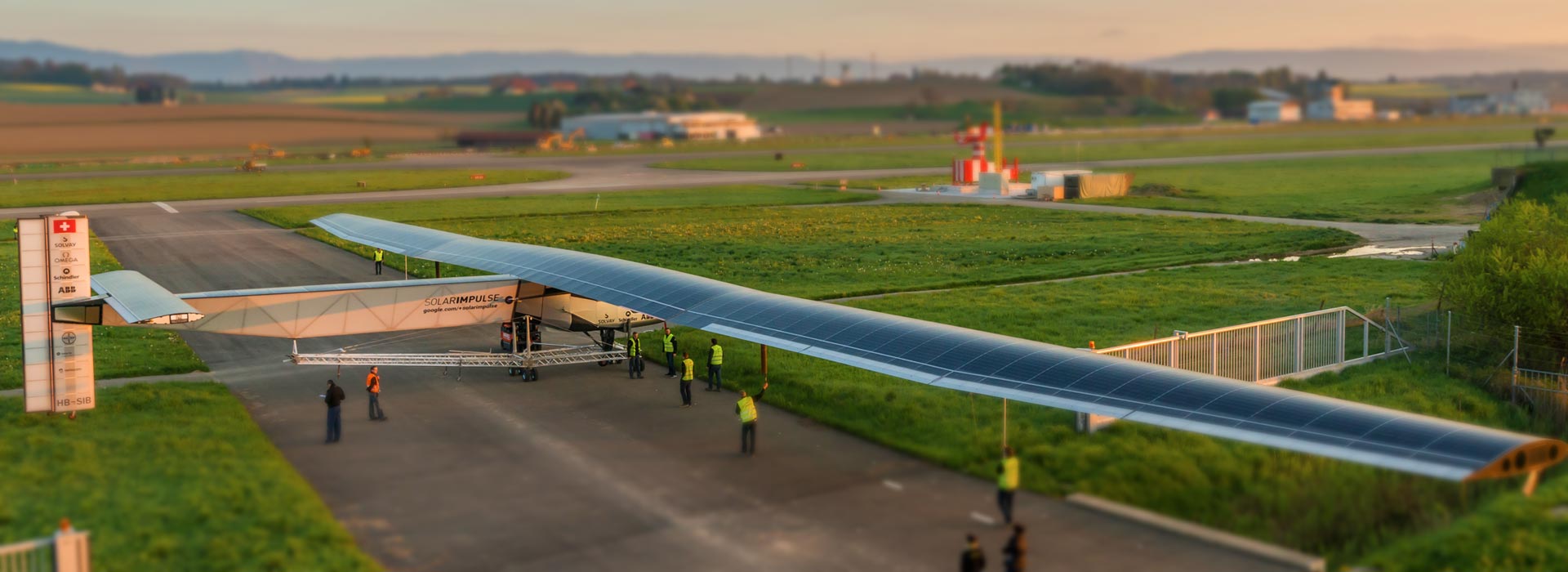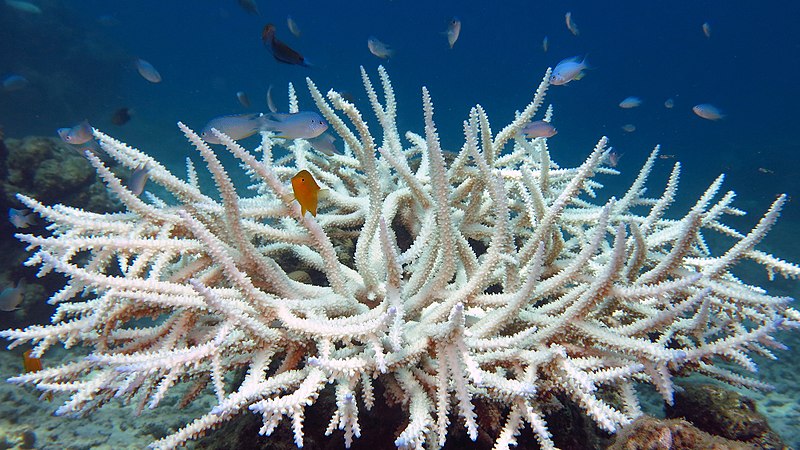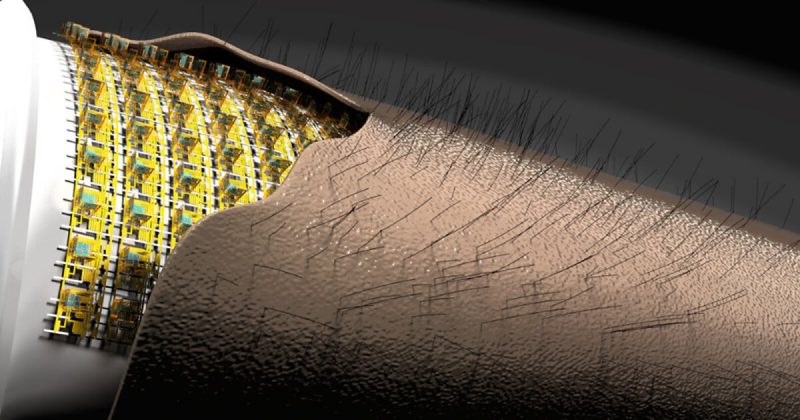In preparation for a round-the-world solar powered journey in 2015, the “Impulse 2” just made its “two hour tour” maiden test flight on June 2nd from Payerne, Switzerland. Last year the Impulse, which was a prototype, made a journey across the United States, and set numerous other records for a solar powered, human-contained aircraft (thus excluding drones). While the Impulse went 26 hours powered by the sun’s collected energy, the goal for Impulse 2 will be 120 hours.
The plane itself is an enhanced version of its forerunner. It has an enlarged wingspan that is about the size of a 747 with more than 17,000 super thin (135 microns) solar cells, a super efficient engine that turns four electric propeller motors, and a lightweight layered carbon material that weighs a third the weight of a sheet of paper, with the aircraft itself weighing in at about the same as a car. The energy collected during the day will be stored in enhanced lithium batteries for use while flying at night. The plane travels at a maximum sea level speed of 36-90 mph and speed of 57-140 mph at maximum altitude. It will fly at around 8,000 feet (6,000 feet during the test flight) with a maximum altitude of 27,000’.
Naturally, it’s the human factor that poses the greatest challenge. Since weight is an obvious factor, there is only room for one person in the tiny cockpit and body stress and fatigue are a concern in such cramped space. To alleviate this problem, Impulse 2 will be equipped with an ergonomic reclining seat, so the pilot can stretch out and change positions or catch a snooze, (and even, uh, “do other business”). The cockpit is unpressurized and unheated, so a special high-density thermal insulation was used to avoid temperature extremes. The expected flight time will be a total of 500 hours with the pilots and project founders, former Swiss Air Force jet pilot Andre Borschberg and Bertrand Piccard, doing 5-6 day relays. They eat a very specialized diet while in flight and, as a means of dealing with the human stresses, the pilots practice meditation and self-hypnosis.
Safety is another issue, as the light weight of the aircraft and thin material pose possibilities of damage from storms and wind, especially when crossing the oceans. The aircraft has a limited 5° maximum bank angle. All factors will be monitored in real time by the Payerne Mission Control Center, where a multidisciplinary team will perform potential scenario simulations to plan courses and avoid obstacles in an interactive ground to air flight. These data will allow the MCC team to monitor the safety of the aircraft as well as gather valuable information for future endeavors. As a precaution the plane is equipped with emergency survival items: six oxygen bottles, one parachute, one life raft, and food and water for a week.
The pilots make no fantastical claims of solar flight replacing commercial fuel-powered jets. Rather, the anticipated outcome is discovery, innovation, and increased awareness of clean technology.
Many more test flights will be performed before the 2015 round-the-world climax. You can follow the team, learn more about these well-seasoned explorers and their other adventures, and participate in online discussions along the way at http://www.solarimpulse.com/. Such is the nature of discovery, that we humans can take an irresistible impulse and build on it, taking wing to unknown heights and, perhaps, setting the world on a new course.







